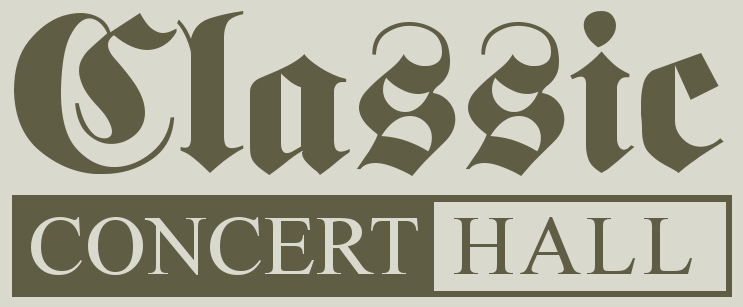| Description: | William Thomas Best (13 August 1826 — 10 May 1897) studied at Carlisle Cathedral under John Norman and Abraham Young. Organist of the Pembroke Road Chapel, Liverpool, 1840-55; the Church for the Blind, Liverpool, 1847; the Royal Panopticon, Leicester Square, London, 1853-54; Lincoln’s Inn Chapel, 1854; St. Martin’s-in-the-Fields, Trafalgar Square, London, 1855; St. George’s Hall, Liverpool, 1855-94; Wallasey Parish Church, Birkenhead, 1860-63; Holy Trinity, Liverpool, 1863; West Derby Parish Church, 1879. He was engaged in 1871 to give recitals at the Royal Albert Hall (stayed for only a short time), and was the solo Organist at the Handel festival at the Crystal Palace. Opened the organ in Sydney Town Hall, 1890. He was one of the greatest English Organists of his time, and received a Civil List pension of £100 per annum. Best composed church services, anthems, as well as many organ transcriptions and solo pieces.
Best was certainly the most famous British organist of the time, and was proclaimed by none other than Franz Liszt to be THE greatest virtuoso on ANY instrument!
"Quem vidistis, Pastores?" translates as "Whom did you see, shepherds?" It really is a miniature marvel, and depicts the scene of the shepherds in the field keeping watch over their flocks by night, and sweet and subtle ways.
Almost all of the famous solo colors are heard on the Salisbury Willis - Oboe, Clarinet, Cor anglais, Vox Humana, and more, all get their chance to play an audible part in this mini-drama.
There is also a great deal of subtelty in the piece. If you listen, you'll hear strains of "Venite adoremus" weaving in and out of the texture, and, at the very end, the opening of "Silent night" is heard in the left hand.
I really enjoyed doing this piece, and trying to manage the art of getting all of the many details correct. :-)
Attached below is the score and two photos of W. T. Best, as well as photos of some of the churches at which he served. |



